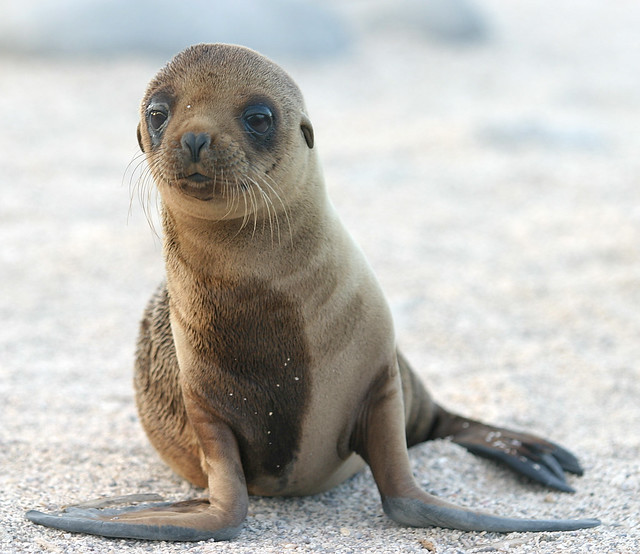For beginners, wildlife photography can be one of the toughest fields to master. Along with all the challenges of everyday photography, you also have to work with subjects that have no interest in cooperating.

Photo by Dag Peak.
For an experienced photographer, there are so many things they’d love to pass on to beginners to help them get started. Good lighting is essential. Timing and composition are subtle arts that come with lots of patience and experience. But what is the one golden rule of wildlife photography that you should learn above all else?
It’s all in the eyes.
Photographing wildlife is not the same as photographing a landscape or an inanimate object. Your wildlife subject has eyes, and our natural tendency as humans is to make eye contact. As a result, if you can capture the eyes effectively in a wildlife photograph, you have achieved the main ingredient of a great image.
Take a look at some of the great wildlife photography to be found in print and on the Internet. You’ll notice that very often a picture only shows part of the animal, and perhaps much of what is visible is out of focus. The subject may be half-hidden behind a bush or lost in shadow.
Photo by Trish Hamme.
Despite all these ‘problems’ the photos are successful. Who knows, maybe they have won an award or two. How can this be? Because the eyes are captured in a compelling way that creates a bond between the subject and the viewer.
What’s even more remarkable is that the subject doesn’t have to be looking at the camera for the eyes to have impact on the picture. With our natural instinct to try to make eye contact, we’are inclined to look first at the eyes of a subject and to follow its gaze. So if the subject is looking to the left, our eyes will tend to wander in that direction.
Photo by Shane Lin; ISO 400, f/2.8, 1/320 exposure.
Imagine the power this can have in a composition. By using the position of the subject and the direction of its gaze, you can actually influence the way your viewer looks at your picture. For example, imagine a scene with a kangaroo and a striking tree in the background. Position yourself so the kangaroo is on the left and the tree is on the right. If you take your shot when the kangaroo is looking to the right (towards the tree), you will have created a composition that brings the two elements of the picture together. People will first notice the kangaroo, then follow its gaze to take a better look at the tree.
This is a great method of creating structure in your composition, but it also adds a little bit of pressure on you to get it right.
Two simple tips can help you make the most of the impact of the eyes in your wildlife photo. To begin with, photograph your subjects when the light is soft and even to eliminate harsh shadows across the face of the subject. This is a simple matter of shooting early or late in the day when the sun is low, or on cloudy days when shadows are not a problem.
Secondly, make sure the subject is facing toward the center of the photo. Remember that just as the eyes can lead the viewer into the picture, they can also lead the viewer out of the picture. When your animal subject is on the right, try to catch it facing left (and vice-versa).
Photo by Henry Marion; ISO 200, f/5.6, 1/200 exposure.
These are just simple guidelines. As in all nature photography, every rule is made to be broken. You will sometimes find situations where these tips just don’t work for your picture. You may even decide to break with convention from time to time, just to create a different kind of impact. However, even when you decide to try something different, never forget the power of the eyes in your wildlife photography. In most cases, it means the difference between a snapshot and something really special.
About the Author:
Andrew Goodall writes for http://www.naturesimage.com.au and is a nature photographer based in Australia. He manages a gallery in Montville full of landscape photography from throughout Australia.
Go to full article: Photographing Wildlife: The Eyes Have It
What are your thoughts on this article? Join the discussion on Facebook
PictureCorrect subscribers can also learn more today with our #1 bestseller: The Photography Tutorial eBook
The post Photographing Wildlife: The Eyes Have It appeared first on PictureCorrect.
from PictureCorrect https://ift.tt/2vz5Gcd
via IFTTT






0 kommenttia:
Lähetä kommentti